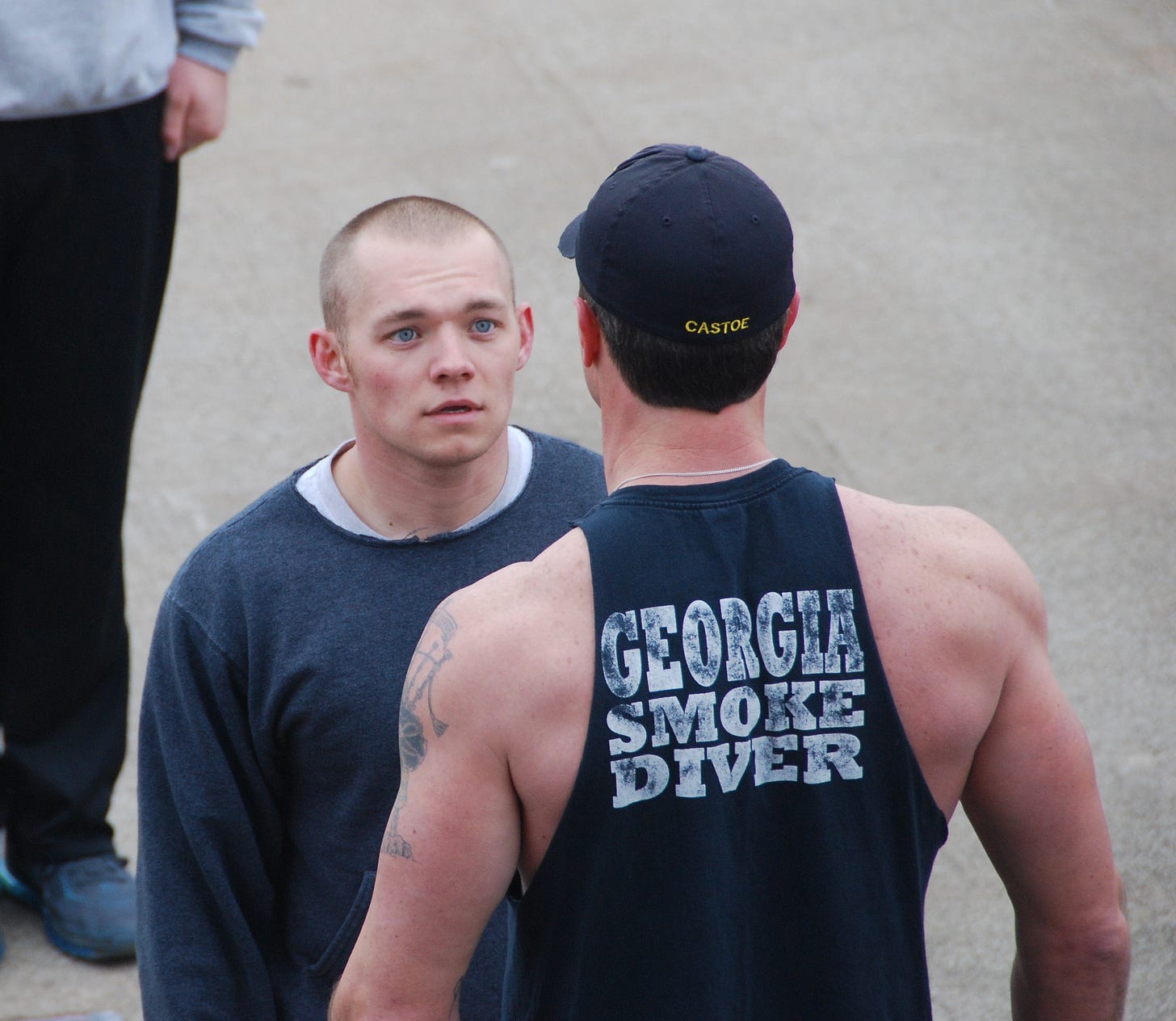Flow Mechanics Part 3: When Flow Doesn't Happen
Have you ever found yourself in a situation where you would ordinarily experience flow, but for one reason or another, flow doesn’t happen? Situational awareness facilitates the ability to recognize when this happens, and experiential knowledge enables us to consciously initiate flow. Stress can cause people to shut down, especially when they have high levels of inhibition and low cognitive ability.
Case Study
Rick, the head of cybersecurity in a large organization, did not feel “on,” either physically, emotionally, or psychologically. He had a lot going on in his personal life and his work environment was very high stress. There were attacks on the system almost daily. He felt like he was moving in slow motion, but he did not feel tuned in to all that was happening around him. There had been a hack to the enterprise system that operations depended on. In addition, the administrator who had been assigned to monitor their security systems had gone on maternity leave and was unavailable. The stand-in resource was not as proficient in the security policies and procedures. There were multiple systems failures, all of which had to be handled simultaneously. Rick analysed the damage, but it took him a while to recognize what the problem was. His instructions to his people were vague and indirect, which led to questions and conjecture. This impacted the event, but his people managed to step up and solve the issue successfully.
Rick knew that he was not feeling his A-game, but he was not aware of how out of sorts his decision making was until his team and he did a post-event review. He admitted that his performance was not up to par, and his team confirmed that he was struggling. However, because his team had been trained to manage this type of event, they were able to step in and do what needed to be done. He expressed his gratitude to them for their individual and team performance. They used the review process to maintain transparency in decision making and to learn from mistakes without assigning blame.
How to Reconize When Flow Doesn’t Happen
Notice the holistic nature of what was wrong. Everything was out of whack. This happens to all of us from time to time. Just to be clear, this does not represent “negative flow.” Flow is neutral; it is neither positive nor negative. For example, someone who derives joy from deviant behavior may experience flow while acting in an aberrant way. Either you are “in flow” or you are not.
Impact of Preparatory Activities
Preparatory activities often do not trigger flow. For example, there are firefighters who are not particularly enamoured with certain aspects of being prepared, such as maintaining equipment or doing heavy physical training (PT) early in the morning. However, they also know that if they are ready to respond physically with fully operational equipment—which will help facilitate a flow state—then those seemingly menial tasks are worthy of their time and energy.
At a personal level, you may intellectually know that if you go to the gym early in the morning and work out for 45 minutes, you feel better during the day. Your energy level is strong, and your mind is sharp. In addition, there are the side benefits of lowering your cholesterol and levelling out your blood pressure, so that you do not have to take medication. This enables your emotional and mental bandwidth to expand. You have “room” to put yourself in challenging situations that stretch your skills—one of the preconditions of flow.
Conclusion
The feeling of being in flow is that of being at peace in any activity. It is that feeling of lightness, of moving without effort, of buoyancy: as if flying through the air or floating in water. However, if you continue to develop skills without increasing the complexity of the activity, you will eventually become bored. If the complexity of the activity increases faster than you can improve your skills, your anxiety level will increase.
The more flow experiences you have, the happier and more satisfied with life you will be. The feeling is contagious. Through example, you show others what flow looks like. This impacts your coworkers, your family, and your community. Flow does not always happen. But when flow does not happen, training and experience help facilitate right decision making.
*******
No matter how you subscribe, I thank you for reading!
Learn to flow!
Judy

